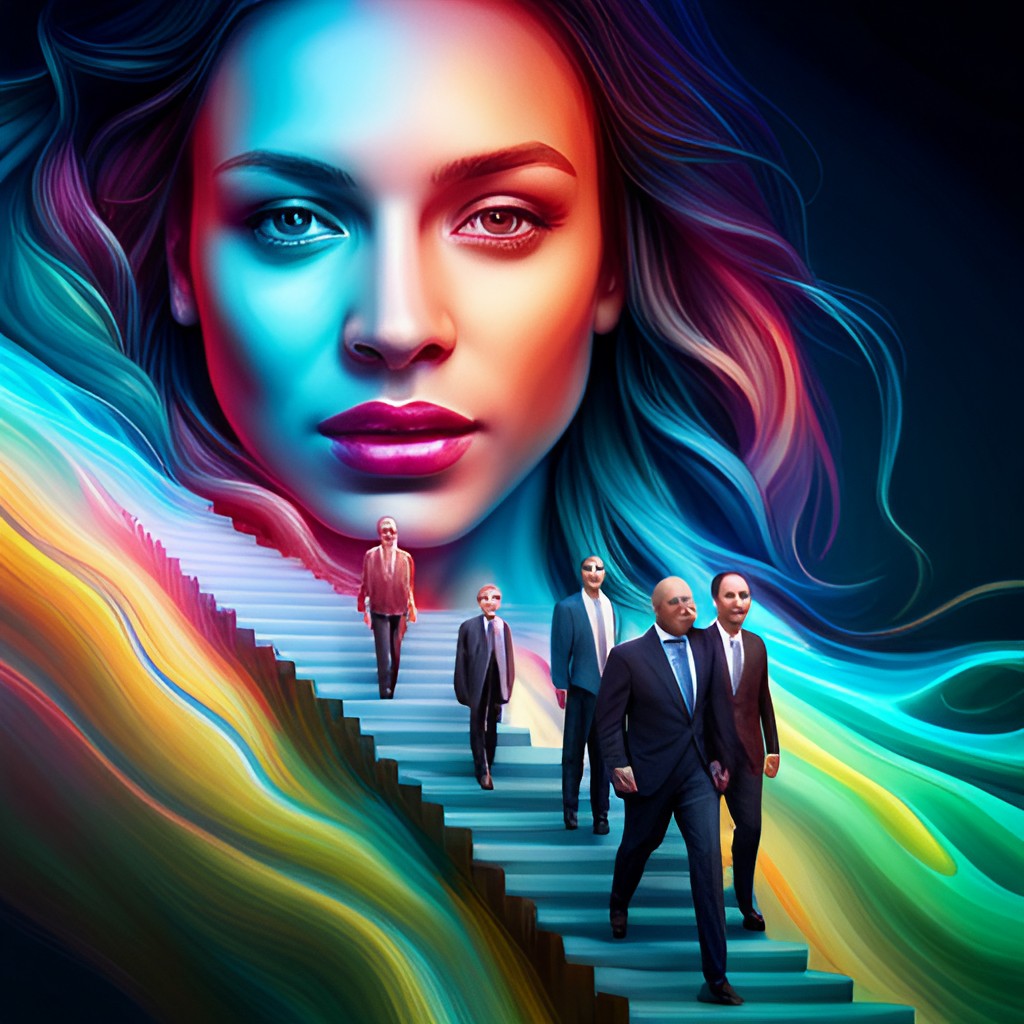A tech executive recently inquired about the definition of a Full Stack Developer. In essence, a full stack developer is adept in both front-end and back-end development, making them a versatile asset in the world of software engineering. This role encompasses expertise in HTML, CSS, and JavaScript for the front end, creating visually pleasing and user-friendly interfaces that engage users effectively. On the back end, they harness programming languages like Java, Python, or PHP, which are crucial for developing robust server-side logic and ensuring seamless application functionality.
Full stack developers must possess a broad skill set and the capability to operate across various application layers.
They design, develop, and maintain the entire software stack, from the user interface to the server-side logic, ensuring that all components work harmoniously together. Alongside their technical prowess, they have a profound understanding of user experience and design principles, enabling them to create applications that are not only functional but also intuitive and engaging. Effective communication is equally vital, as they often collaborate with diverse teams of designers, developers, and product managers and need to convey technical concepts to non-technical stakeholders clearly and effectively.
Full stack development is rapidly growing, making this skill set highly valuable in the job market.
It offers greater flexibility and versatility in your career, allowing you to work on different elements of an application. This adaptability means full stack developers can pivot between various tasks and projects, providing them with the opportunity to tackle a wide array of challenges and contribute significantly to their organizations.
Becoming a full stack developer requires not only technical expertise and design knowledge but also strong communication skills. It’s a challenging yet rewarding career path with numerous growth opportunities, as demand for these professionals continues to rise.
In summary, if you have a passion for both front-end and back-end development, consider unlocking your potential in the ever-evolving tech landscape. Continuously learn, stay curious, and embrace the latest technologies to excel in full stack development. Engaging with the tech community through forums, workshops, and conferences can also provide valuable insights and keep you updated on emerging trends and best practices.
Click here for a post on how to handle tech stack evolution.





